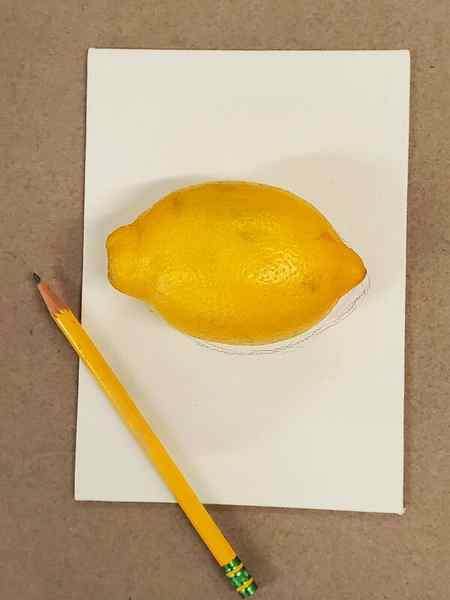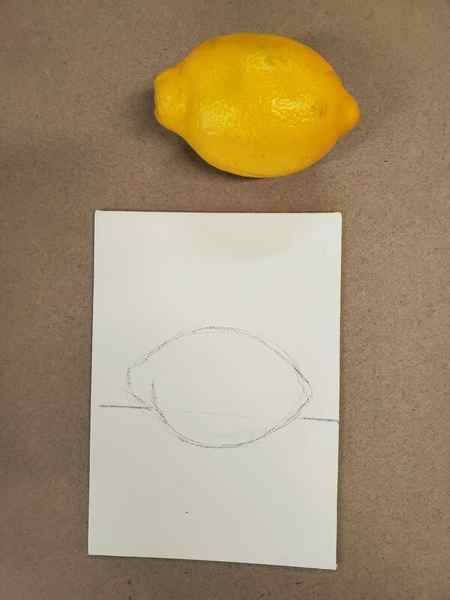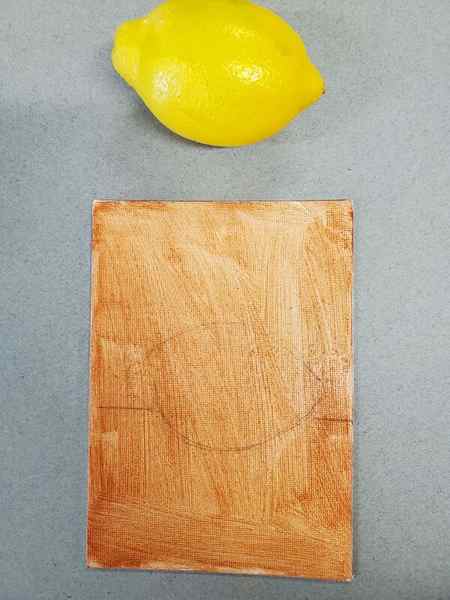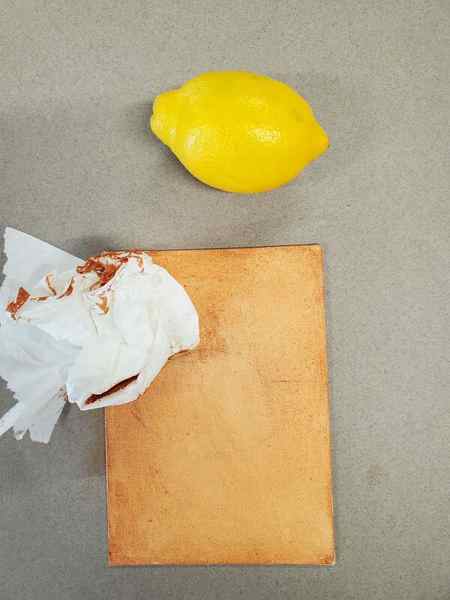Zingy, refreshing and the epitome of summer – lemons are one of my favourite fruits! And they’re such an iconic image, reminding us of Italian cuisine and long sunny holidays. Their iconic shape and bright yellow colours are easy to replicate in a loose watercolour style, and lemons are super easy for beginners to paint too. Grab your watercolour supplies and let’s go!
How to paint a lemon

I recently completed this simple beginning painting project with my high school seniors. For this project, I taught my students how to paint using the classical style, starting with an under painting, and then moving on to color. I have chunked this lesson out and made it as simple as possible. All my students were able to achieve surprisingly good results. If you try this lesson, please let me know how you do.
This is a complete beginning painting lesson with a step-by-step tutorial. It is intended for beginning painting students and art teachers. There is also a linked PowerPoint presentation at the end.

Materials:
S m all canvas board, 5” X 7”
A few brushes suitable for acrylic or oil paints. We used a #4 flat, #3 round, and ¾” flat.
Acrylic paint (brown, white, and black)
Water mixable oil paints. We used Cobra, Royal Talens, 40ml tubes
Optional: true oil paints and odorless mineral spirits. (must have ventilated space – not for young kids!)
Pencil
One lemon (per student)
Cup of water
Paper towels
Paper plates or mixing trays
Step 1: Toning your canvas board
Start out by tracing your lemon in pencil onto your board. You may need to adjust your outline until you get a good lemon shape. Then draw a line behind the lemon to indicate the table and background.
Now you are ready to tone the board. It is important to tone the board with a neutral color and medium value. This will assist you as you add darker and lighter values and is easier than beginning with a white canvas.
Dip your brush into some water and dampen your canvas board a bit. Then, get some brown acrylic paint and quickly paint your canvas board. The paint should be thin and full of water. Next, use your paper towel to wipe off your canvas board and paint, while it is still wet. This will leave a light brown value similar to stained wood.
If you don’t have acrylic paint, you can thin your oil paint and use this same process. We use acrylic paints because they dry a lot quicker and add another layer of protection for your canvas. See using Gesso on canvas HERE.




Step 2: Creating an under painting
Artists have used under paintings for hundreds of years. The idea is to create a monochromatic painting with thin layers first. The under painting focuses on the values and structure of the painting, rather than the colors.
On a paper plate or mixing tray, add a little brown, white and black. Then, set your lemon on your table and examine the way the light moves around the object. You can refer to the image of a sphere to remind yourself about how light and shadow combine to create form.
Next, begin lightly painting in your lemon, using combinations of black, brown, and white to establish the form and values. Take your time with this part and work to get your lemon really carved out. It will look a little sloppy at first, but will gradually come into focus. The background should be a light value and the table somewhat dark.
Caution: Don’t let your paint build-up at this time. Keep your colors thin.
Allow the entire painting to dry before moving on to the next stage.
Step 3: Adding color and oil paint to the lemon
Once step two is dry, you can begin with step three. On your mixing tray add yellow, white, blue, and red. With oil paint, you want to start with your darker values and lay them in first. The initial layers should be thin. You can use your water to thin the oils. Or, if using traditional oils, thin with mineral spirits.
Shadow Color: For the shadow color of the lemon, mix violet and yellow together to get an in-between color. Yellow is across from violet in the color wheel, making it a compliment to violet. Artists mix compliments to create shadow tones and neutral tones. Your shadow should be about 3 parts yellow to 1 part violet. Paint your shadow tone onto the underside of your lemon and keep your color thin.
True Color: For the true color, use pure yellow. Start at the top of your lemon and work down to the shadow color you added previously. Then, blend your yellow into the shadow color. Your yellow should be a little thicker than your shadow color.
Highlight: Use thick pure titanium white to apply a few spots for highlights at the top of your lemon.
Supplies you’ll need
- Watercolour paints
- Watercolour paper
- A paintbrush (or several if you like a selection)
- Water jars
- Paper towel
- Sap Green
- Lemon Yellow Deep
- Cadmium Yellow
- Yellow Ochre
All the watercolour paint I use is Winsor & Newton Professional. Don’t worry if you don’t have these exact colours – just find the closest match in your palette.
You don’t necessarily need lots of yellows, but I like a selection to create contrast.
How to paint lemons in watercolour – step-by-step
- Using a light yellow mix, outline an oval shape and add two small bumps on each end to create your lemon shape. Mark out an upside-down triangle for a highlight.
- Fill in your shape with a light wash, avoiding the highlight area.
- While the paint is still wet, add a deeper yellow on the side and underneath, opposite your highlight. This will make the lemon look three-dimensional instead of flat. Allow to blend naturally.
- Taking a darker yellow again, or even a brown tone, create a curved line along the bottom-left side of your lemon, not quite at its edge. This will enhance the shape and create a deeper shadow. Allow to blend naturally again.
- Using a darker brown tone, add a branch connecting to the top of the lemon, then pull out two small branches either side for the leaves.
- Mix up a deep green colour and load up your brush. Drag your brush on its side in a zigzag shape, pulling up to a point at the end, to create a leaf with lots of texture. Repeat the process on the other half to create a balanced leaf, then add a second leaf on the other side. Allow the leaves to touch the lemon for beautiful bleeds.
And there you’ve finished your lemon painting! You can use the techniques in this watercolour tutorial to create lemon patterns or add a bunch of lemons into a bowl for a stunning still-life!
More fruit tutorials
More tutorials
- Tutorial: How to paint watercolour lilac
- Tutorial: How to paint a pansy in watercolour
- How to paint smooth watercolour washes
- Tutorial: How to paint watercolour delphiniums
- Tutorial: How to paint watercolour fish
- Tutorial: How to paint watercolour holly





